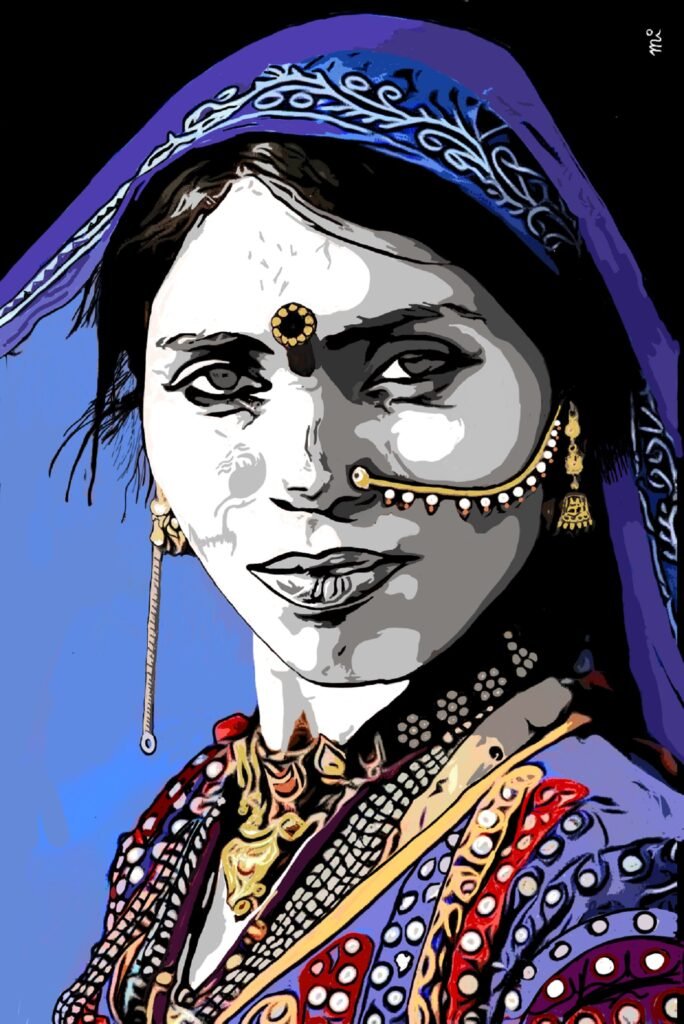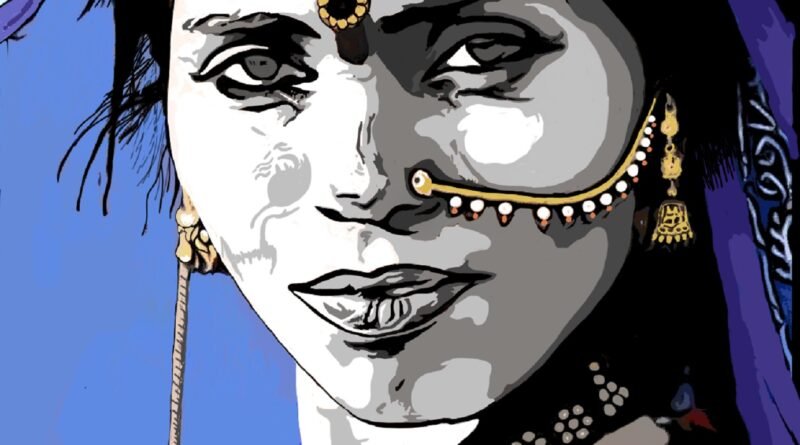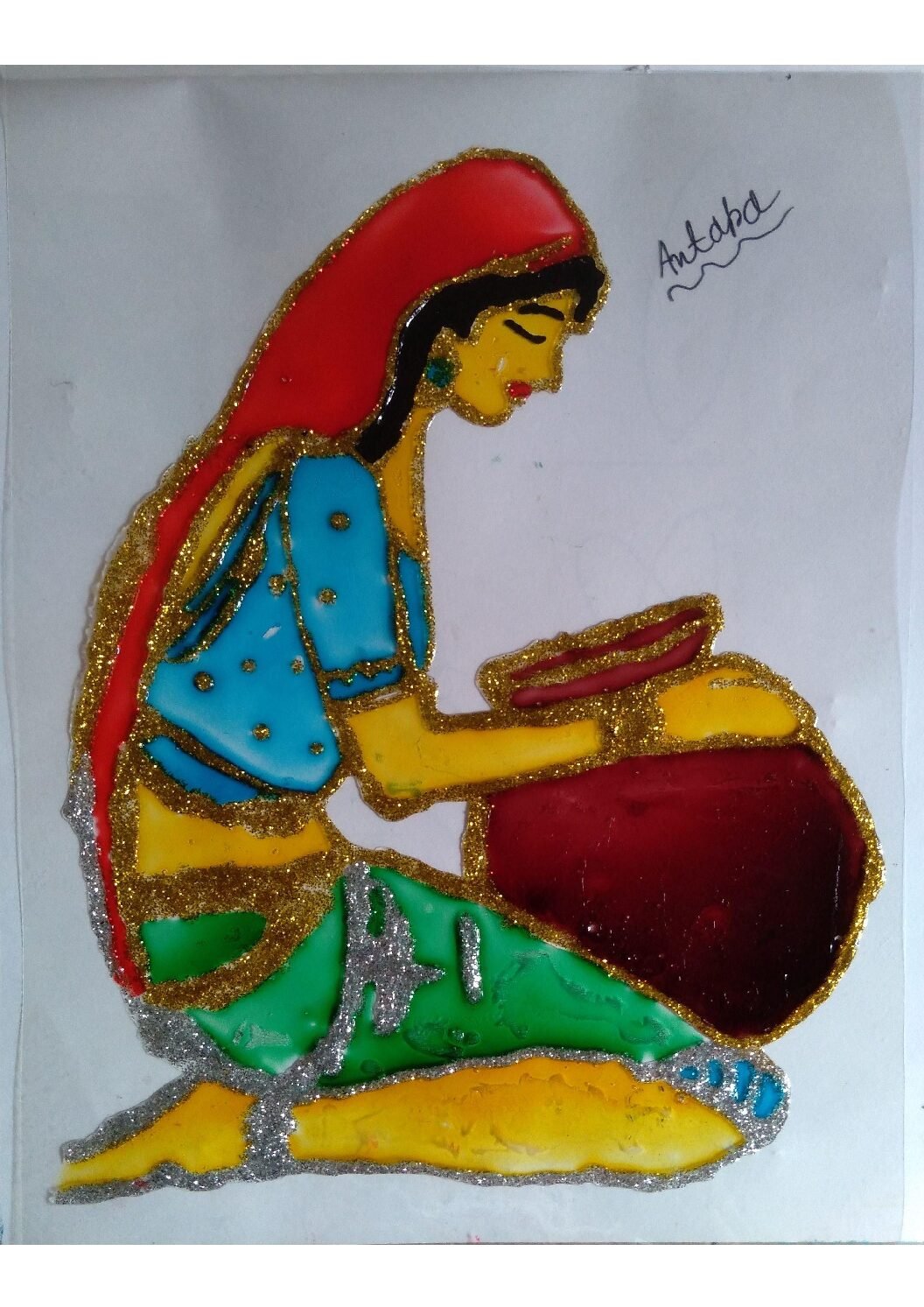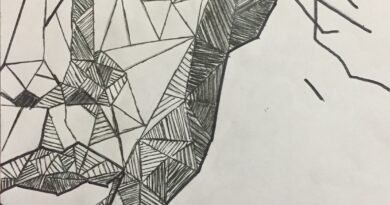Bhils, The Brave Bowmen, Rajasthan & MP
“Bhils” - The Bowmen Tribe of Rajasthan and Madhya Pradesh
Michael Mili
The “Bhils” are an Indo-Aryan ethnic tribal community of Rajasthan and Madhya Pradesh of western India. The word “Bhil” is derived from “Bil” or “Vil” which means a Bow. The Bhils speak the Bhili language, which is based on Gujarati; but dialects of Bhili have gradually merged into more widely spoken languages like Marathi and Rajasthani. Bhils are amongst the largest tribal communities in India. The main foods of the Bhils are maize, onion, garlic and chillies, which they cultivate in their small fields. They have deep knowledge about their local geography and they collect fruits and vegetables from the local forests. Wheat and rice are used only in festivals and special occasions. The Bhils are known to be excellent archers and they keep self-made bows and arrows, swords, knives and axes with them as weapons for self-defence and for hunting the wild fauna, which also form the major part of their diet. They profusely use homemade alcohol distilled by them from the flower of Mahua
Bhil painting is characterised by the use of multi-coloured dots as “in-filling”. Their Pithora paintings (horses) are highly ritualistic and are beautifully done on the walls of their houses. The chief means of recreation for the Bhils is folk songs and dances. Ghoomar, the traditional folk dance of young Bhil girls, is symbolic of them declaring that they are stepping into womenhood. Women also dance in traditional Bhili style, accompanied by drumbeats, during celebrations, marriages and festivals. Their dances include the Lathi (staff) dance, Dhol dance, marriage dance, Holi dance, Battle dance, Bhagoria dance, Deepawal dance and hunting dance. Musical instruments include the Harmonium, Sarangi, Kundi, Bansuri, Apang, Khajria, Tabla, Jhanjh, Mandal and Thali. These are usually made from local products.

Every village has its own local deity (Gramdev) and families too have their Jatidev, Kuldev and Kuldevi (household deity) which is symbolised by stones. Bhils have extreme and staunch faith in superstitious beliefs and Bhopas for their physical, mental and psychological treatments. Besides the common Hindu festivals like Dashhera, Diwali and Holi, the Bhils also celebrate their unique traditional festivals like Akhatij, Navmi, Howan Mata ki Chalavani and Sawan Mata ki jatar. During such festivals, there are a number of tribal fairs (melas) like Navratri mela, Bhagoria mela and Gavari mela.
Tattooing is a traditional custom among the Bhils. Women folks do tattooing generally before marriage. Bhil women wear Sari and Ghagra Choli. They also wear a variety of heavy ornaments made of silver and brass along with rosaries of beads and silver coins including hansli (ring), Zele-zumke (earring) narniyan (bangle) and nathni (Nose-jewel). The Bhil dresses of men are long frocks, pyjamas Pagri, Angarkha, Dhotis and Gamchha. Men wear traditional ornaments like Kada, Bajuband, chain, earrings and Kardhani.
The concept of Halma is an age-old agricultural tradition amongst the Bhils wherein most of the families in a village collect their agricultural instruments and work on one person’s land on a given day together. The process goes on to cover every family in the village. Even though the instruments and tools were privately owned, they used to benefit the entire community. The land is jointly cultivated, but its produce is private which ensures a substantial reduction in the cost of production. Often in the Halma, the Bhils gather at a common place to discuss problems face by the community such as the conservation of environment and water.
(Sources: Sustainable Livelihood by igsss.org. Michael Mili and Wikipedia)

Michael Mili started his cartooning and illustration career at the young age of 15 years. He worked as the daily front-page pocket and political cartoonist for “The National Herald” (founded by Jawaharlal Nehru) and “The Sentinel”. Once dubbed as “The Youngest Professional Cartoonist of the Country”, Michael’s cartoons have appeared in more than 16 publications in India.




